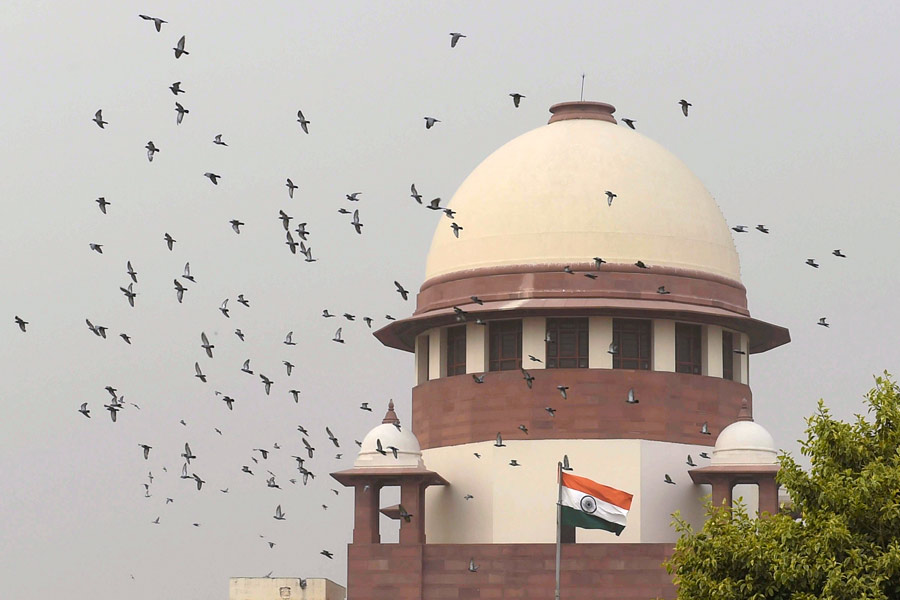No one likes to talk about bleeding from their private parts, as it is embarrassing, especially if perceived, and often self-diagnosed, as piles.
There is something frightening about bleeding, and it is worse if it occurs from your anus and winds up in the toilet bowl. Often, this bleeding is painless and unexpected. That makes it more frightening.
All bleeding is not the same. The blood may be bright red — then it is fresh blood, probably from the lower part of the rectum. If the blood is maroon, it is likely to have come from the intestines, and if black and tarry, it is from the stomach.
There is a common misconception that all rectal bleeding occurs because of piles or haemorrhoids. This is not the case; piles is just the most common cause. The piles may be external — like a small cluster of grapes outside the body — or internal when they are not visible. External piles can also get secondarily infected or thrombosed. In that case, there may be pain, itching and even fever.
The mostcommon causes of piles are constipation, hard stools, a lack of fibre (primarily fruits and vegetables) in the diet, straining at stools and pregnancy.
Piles can cause such a torrential loss of blood that the person feels faint. The bleeding may also occur continuously and gradually. It may be ignored till the person develops fatigue and unexplained anaemia.
Sometimes, a hard motion may cause a small tear — called a fissure — in the anal mucosa. It can also cause pain and bleeding. This can be confused with piles.
If you have bleeding, it is important to consult a doctor. You need an examination, which may be followed by a tube being inserted to view the area. This is called a proctoscopy or colonoscopy. Once the area is viewed, it becomes possible to make a diagnosis and rule out other causes of bleeding, such as polyps and diverticula. Polyps are small single or multiple masses in the colon that can bleed. Sometimes, cancer of the colon or rectum can be diagnosed.
Infections with bacteria or amoebae can cause bleeding, usually accompanied by pain and fever. A stool exam will reveal the pathogen.
Bleeding may be due to IBS (inflammatory bowel syndrome) or even milk allergy. Bleeding from the stomach does not produce fresh blood. As the blood passes through the intestine, it gets partially digested and changes colour to black. Peptic ulcers or even stomach cancer can produce bleeding. Cirrhosis of the liver may also cause piles.
The diagnosis of piles must be correct before proceeding with treatment. To do this, you need to consult a doctor. To relieve the pain and itching:
These simple measures will usually relieve uncomplicated piles.
Surgery for piles, also known as hemorrhoidectomy, becomes necessary when other treatments have not provided adequate relief from the pain, bleeding, swelling, itching
and blood clots or when medical management has failed, if there is a large bulging external component, or there are incarcerated internal haemorrhoids.
Many techniques are available, like ligation (tying off the piles), laser and surgery.
If you bleed from the rectum, please take it seriously. Consult a doctor, arrive at a diagnosis and then proceed with the appropriate treatment.
Remember, all rectal bleeding is not piles.
The writer has a family practice at Vellore and is the author of Staying Healthy in Modern India. If you have any questions on health issues please write to yourhealthgm@yahoo.co.in










